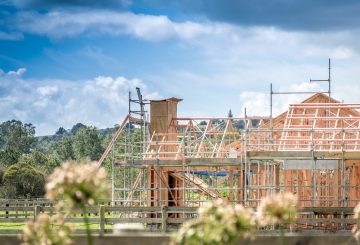RNZ에 따르면 정부는 첫 주택 보조금을 중단하고 대신 사회 주택에 더 많은 자금을 할당하는 것을 고려하고 있습니다.현재 이 제도는 개인 소득이 95,000달러 또는 가구당 15만 달러 미만인 최초 구매자에게 기존 주택에 대해 5,000달러, 신축 주택에 10,000달러의 보조금을 제공하고 있습니다.
크리스 비숍 (Chris Bishop) 주택부 장관은 정부가 모든 주택 지원 프로그램을 검토하고 있지만 최초 주택 구입자에 대한 지원 수준을 현재 수준으로 유지하겠다고 약속할 수는 없다고 밝혔습니다.주교는 정부가 매년 수십억 달러를 주택 지원에 지출하고 있으며, 모든 프로그램을 검토하여 보다 목표 지향적이고 효율적으로 운영할 수 있는 방안을 모색하고 있다고 언급했습니다.
그러나 뉴질랜드 퍼스트 (New Zealand First) 의 셰인 존스 (Shane Jones) 는 이 문제가 예산의 날에 해결될 것이라고 말하면서 보조금이 중단될 수도 있다고 암시했다.보조금 폐지 여부를 확인하라는 요청을 받았을 때 존스는 논평을 거부했다.
야당인 내셔널은 앞서 2021년 노동당 정부가 충분한 보조금을 제공하지 않았다고 비판한 바 있습니다.노동당 주택담당 대변인인 키런 맥애널티 (Kieran McAnulty) 는 보조금 폐기 가능성을 냉소적인 조치라고 했다. 보조금 폐기는 일부 사람들의 주택 구입을 방해할 수 있기 때문이다.그는 처음에 중앙 정부가 시작하고 노동당에 의해 확대된 이 제도는 유익한 것이었으며, 이 제도가 중단되면 많은 최초 주택 구입자들에게 치명적일 것이라고 주장했다.





























































